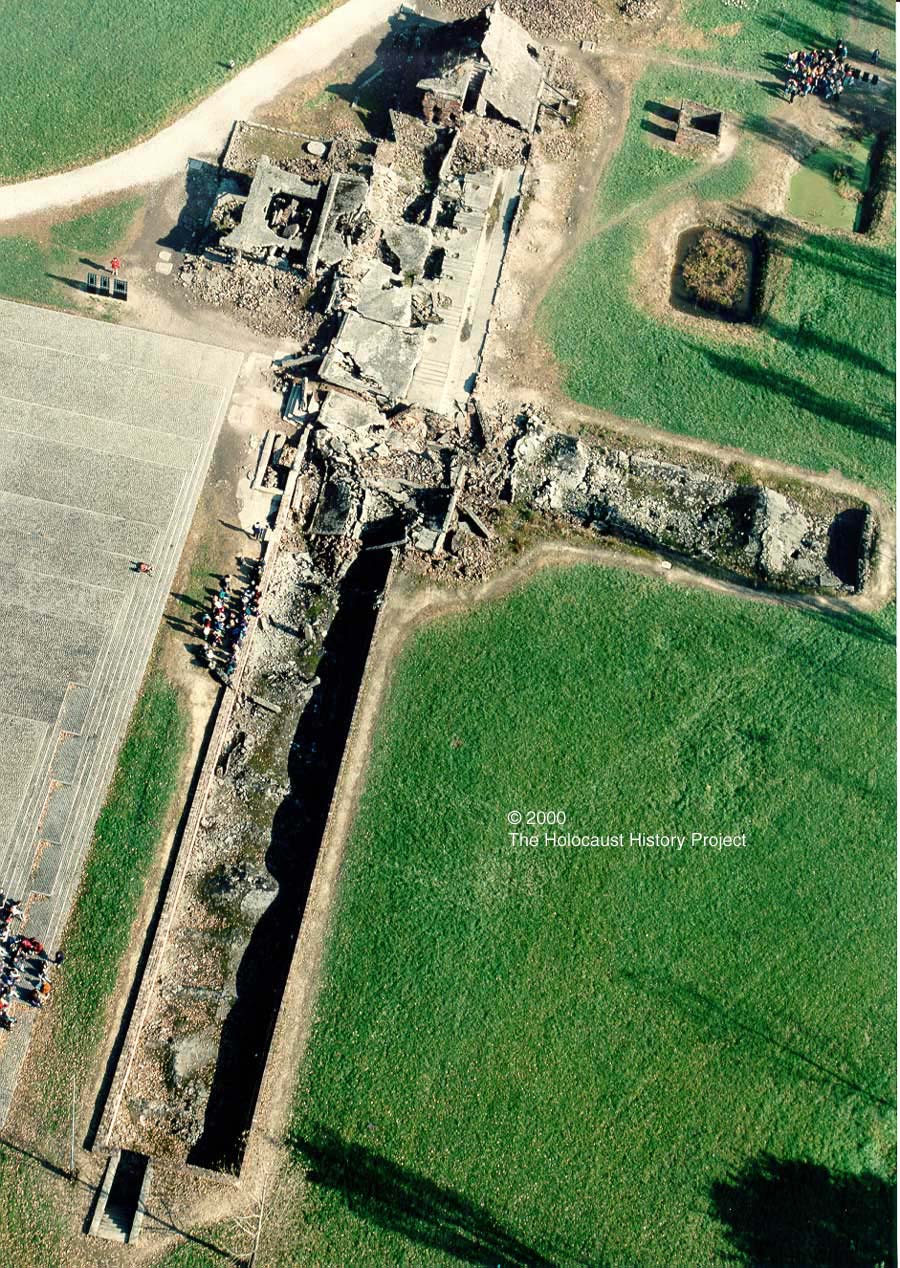Re: Forensic Chemistry
Posted: Sun Jul 20, 2025 1:14 pm
Here's what I am seeing and we can zoom in on these factors.HansHill wrote: ↑Sun Jul 20, 2025 9:26 am Just so I am clear in the argument going forward, you seem to zoning into the idea that the lack of iron was the determining factor. I have not heard it argued before that either the iron was not present (?) or suitable (?) for PB formation. This is strange as we have examples of PB formation in concrete at Majdanek in Barrack 41.
Mr Stubble above has produced a photo of the evident Prussian Blue formation in concrete due to HcN exposure so really this argument is boxed out.
I am assuming that the picture of Majdanek was a delousing chamber. Can you show me data for what materials were in the wall there so that I can objectively compare?
Crematoria II & III were reinforced concrete with interior plaster or lime wash coating. They were underground morgues (Leichenkeller 1) that were converted into gas chambers. The walls were coated in lime plaster, which is alkaline but lacks ferrous iron. The plaster coating limited exposure of reactive iron compounds, and the walls were smoothed and sealed—poor for cyanide absorption or reaction.
Crematoria IV & V were brick with cement mortar, possibly some unplastered areas. Some walls may have been bare brick, but others were limewashed or cement-rendered. This provided limited exposed ferrous iron.
Bunkers I & II were early makeshift gas chambers which were converted farmhouses with basic brick or stone walls. The interior finish was likely whitewashed or plastered so the walls were not chemically optimized for long-term cyanide retention or Prussian blue formation.
The walls of the homicidal gas chambers—typically plastered concrete or limewashed brick—were lacking in reactive ferrous iron, and not chemically favorable for Prussian blue formation. Maybe these are wrong but this is what ChatGPT is telling me so please address these directly.
Green also mentions that the delousing chambers used 16,000 ppm hydrogen cyanide for hours or even days to kill lice.
Homicidal chambers used only ~300 ppm for 15–30 minutes to kill humans. Prussian blue formation is slow and requires prolonged exposure to high cyanide concentrations. The much greater exposure time and concentrations in delousing chambers allowed for the formation of Prussian blue. Homicidal chambers simply did not operate under those conditions.
So to prove your point, and then we can move on, you need to show that there was (1) reactive iron in the homicidal chambers and (2) 300 ppm for 30 minutes over multiple cycles is enough to form Prussian Blue.
If you think that they used more than 300 ppm for more than 30 minutes then feel free to show that too because that would strengthen your argument.








